-
Załączniki bezpieczeństwa
Załczniki do produktuZałączniki dotyczące bezpieczeństwa produktu zawierają informacje o opakowaniu produktu i mogą dostarczać kluczowych informacji dotyczących bezpieczeństwa konkretnego produktu
-
Informacje o producencie
Informacje o producencieInformacje dotyczące produktu obejmują adres i powiązane dane producenta produktu.ICM
-
Osoba odpowiedzialna w UE
Osoba odpowiedzialna w UEPodmiot gospodarczy z siedzibą w UE zapewniający zgodność produktu z wymaganymi przepisami.
ICM 48230 Ju-88A-8 Paravane WWII German aircraft 1/48
skala 1:48
Plastikowy model do sklejania. Nie zawiera kleju ani farb.
During the WWII balloons with steel cables were used in the air defense system of Great
Britain to protect against German air raids. Such barriers prevented the free passage of
aircraft and were dangerous for Luftwaffe pilots. To combat such barriers, German deve-
loped special steel cutters for their aircraft, which were also called paravanes – by analogy
with devices for protection against sea mines. Some of the Ju-88 aircraft of the A4 and A5 modifications were converted to use such paravanes and received the markings A8 and A6, respectively. The paravanes were massive steel structures in the form of a large frame, which was mounted in front of the aircraft and had the purpose of diverting the steel cables to the ends of the wing, where the cutters for cutting the cable were located. And although the facts of the combat use of aircraft with such devices took place, these paravanes did not become widespread.
Podczas II wojny światowej balony z linami stalowymi były wykorzystywane w systemie obrony powietrznej Wielkiej
Brytanii do ochrony przed niemieckimi nalotami. Takie bariery uniemożliwiały swobodny przelot
samolotów i były niebezpieczne dla pilotów Luftwaffe. Aby zwalczać takie bariery, Niemcy opracowali
Aby zwalczać takie bariery, Niemcy opracowali dla swoich samolotów specjalne stalowe przecinaki, które nazywano również parawanami - przez analogię
do urządzeń służących do ochrony przed minami morskimi. Niektóre samoloty Ju-88 z modyfikacji A4 i A5 zostały przerobione do używania takich parawanów i otrzymały odpowiednio oznaczenia A8 i A6. Parawany były masywnymi konstrukcjami stalowymi w postaci dużej ramy, która była montowana z przodu samolotu i miała za zadanie przekierowanie linek stalowych na końce skrzydła, gdzie znajdowały się noże do cięcia linek. I choć fakty bojowego użycia samolotów z takimi urządzeniami miały miejsce, to jednak parawaniki te nie upowszechniły się.
























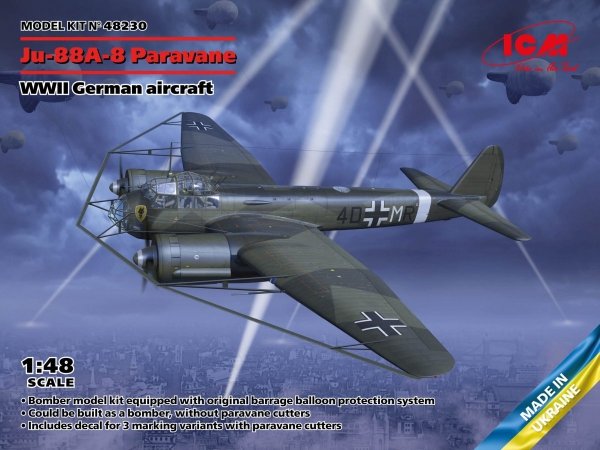

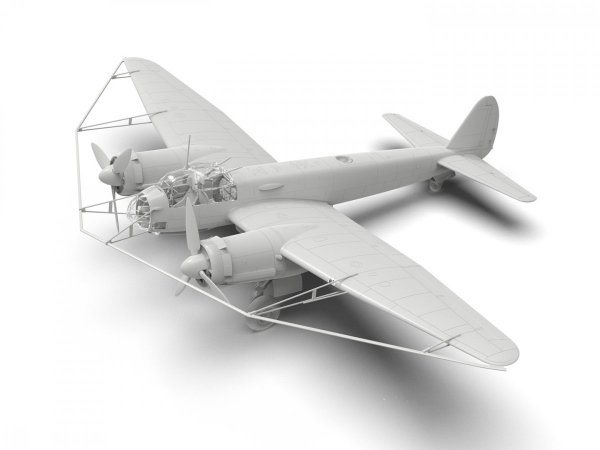
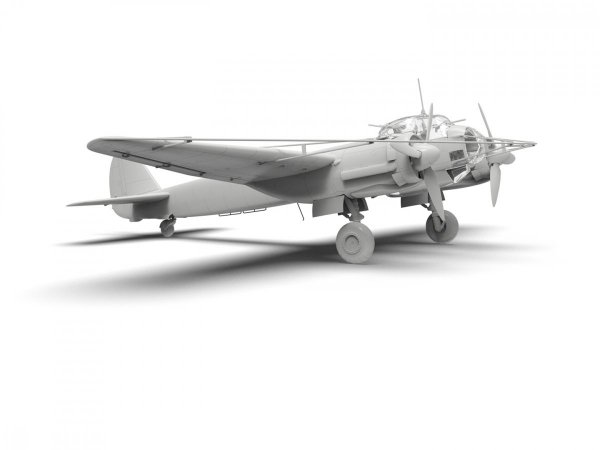
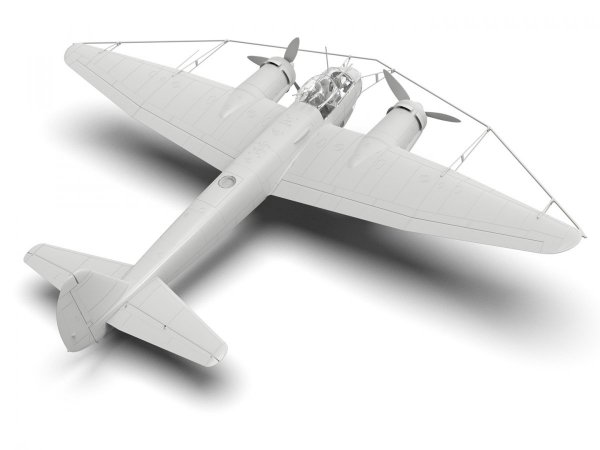
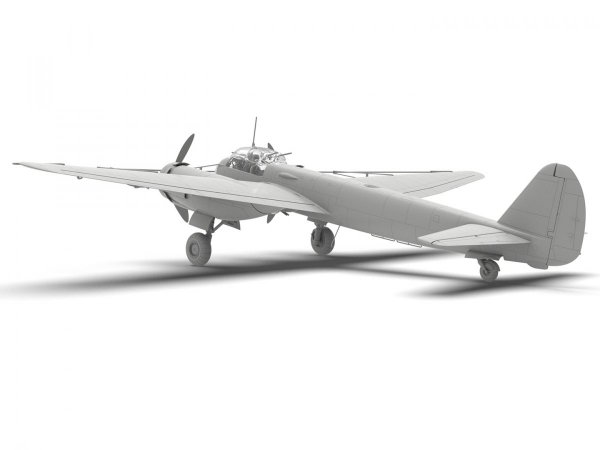
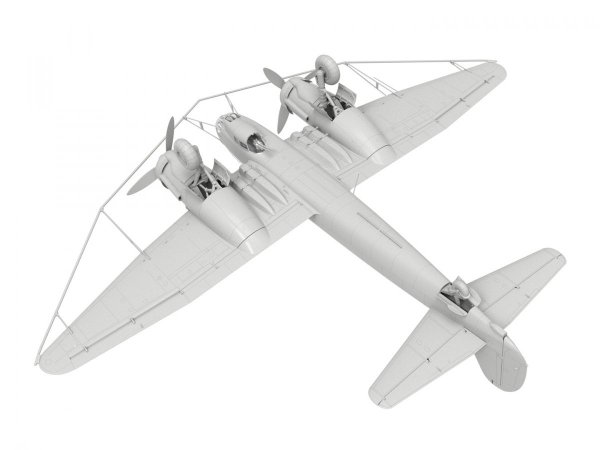
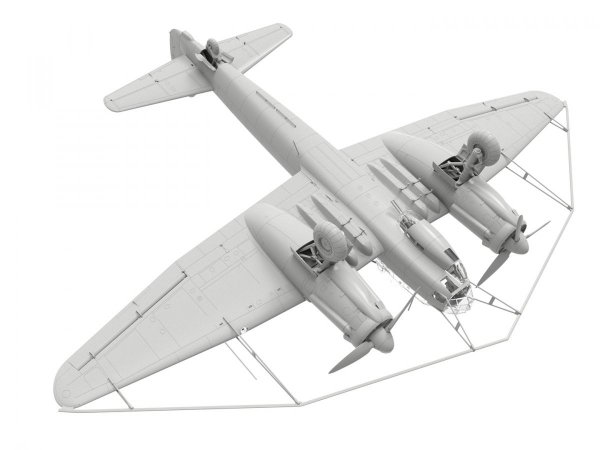
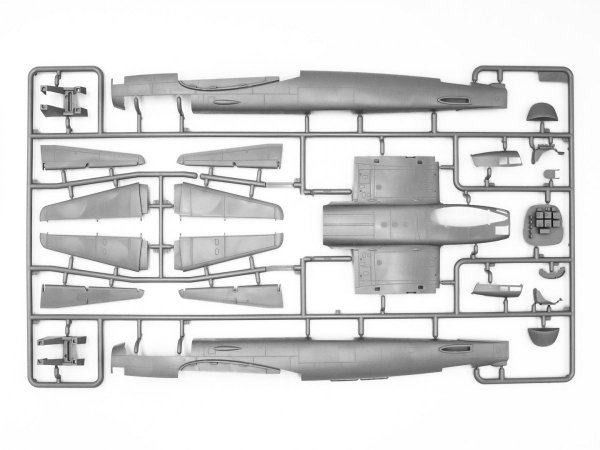
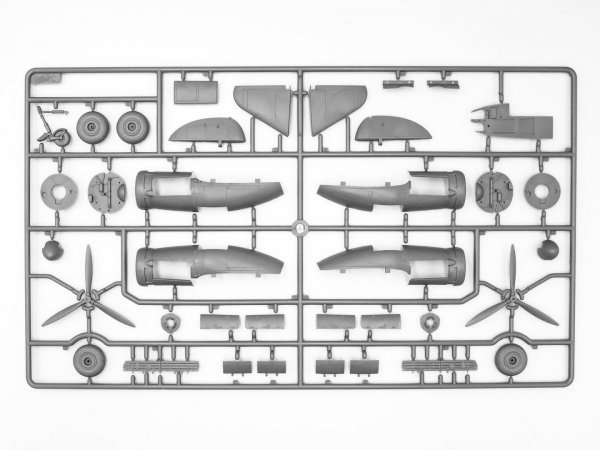
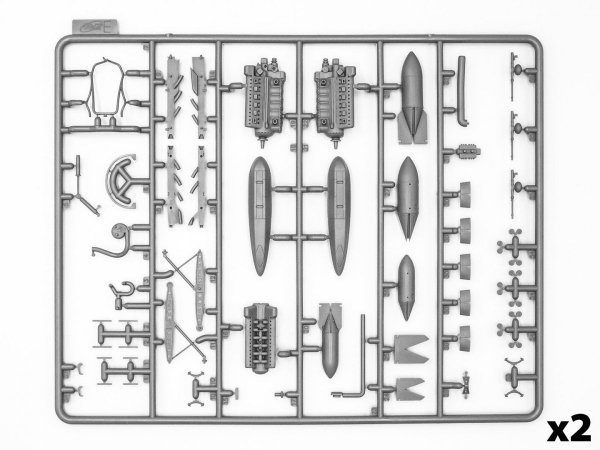
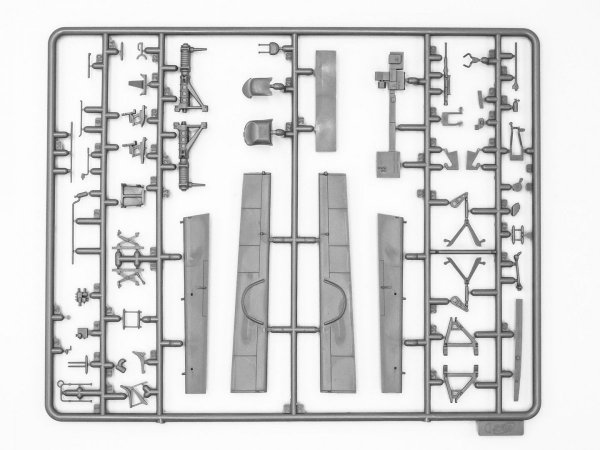
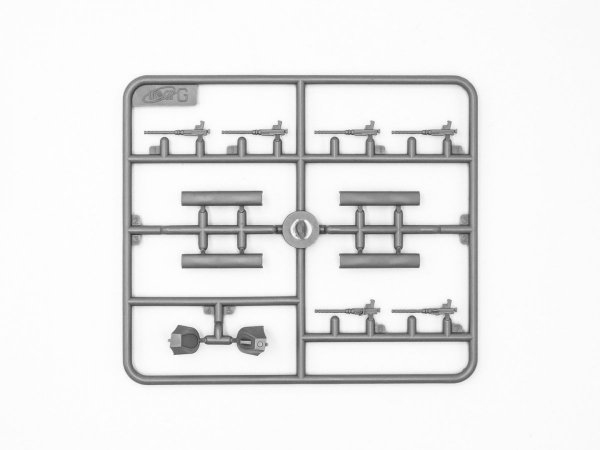
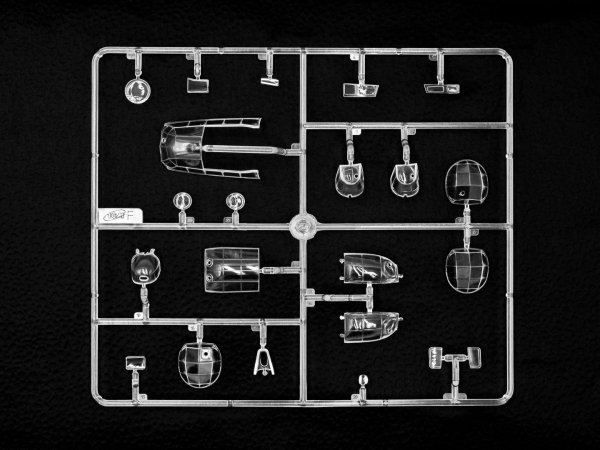
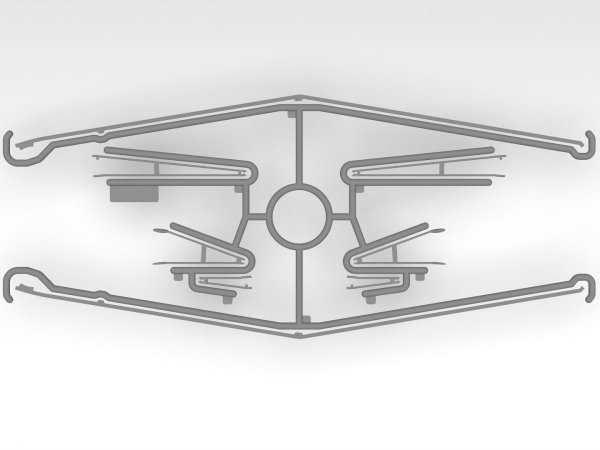

 1 szt.
1 szt.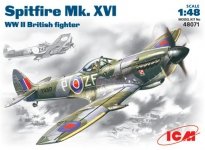
 3 szt.
3 szt.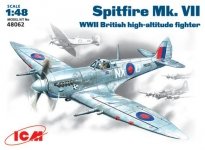
 4 szt.
4 szt.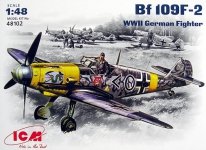
 6 szt.
6 szt.